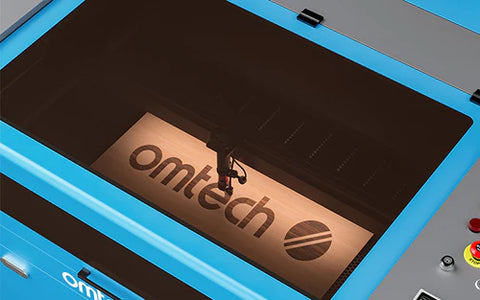Laser Engraving: Functionality and Material Interaction
Laser engraving is a fascinating technology that combines art and science to create permanent markings on a variety of materials. In this article, we take a detailed look at how laser engraving machines work and the basic principles of their interaction with different materials.
What is a Laser Engraving Machine?
A laser engraving machine is a device that uses a highly focused beam of light – the laser – to process materials. This technique allows for the creation of precise and permanent designs on a variety of surfaces.
How Does a Laser Engraving Machine Work?
The core of every laser engraving machine is the laser itself. It generates an intense beam of light that is strong enough to remove or alter material. The process can be divided into three main phases:
Design and Preparation: Before the laser is activated, the desired design must be created using special software and transmitted to the machine.
Laser Settings: Depending on the material and the desired depth of the engraving, the power, speed, and focus of the laser are adjusted.
Engraving Process: The laser head moves over the material, precisely removing substance by heat or chemically/physically altering the surface.The Interaction of the Laser with Different Materials
Each material reacts differently to contact with the laser beam:
Wood: Absorption of laser energy leads to the evaporation of the material, leaving a visible mark.
Metals: For certain metals, an annealing process is initiated that produces color changes without material removal.
Plastics: Plastics can melt or burn, creating precise markings.
Glass: The laser can create microscopic cracks for a frosted engraving.
Technological Advances:
Modern laser cutters are equipped with advanced features, such as:
Pulsating Laser Technology: Improves control over engraving depth.
Integrated Camera Systems: Simplify the alignment and positioning of the design, for example, Polar Desktop Laser by OMTech.
Conclusion
The technology of laser engraving offers unlimited possibilities in the design of products - from personalized jewelry to industrially marked components. The continuous development of this technique promises even more efficient and versatile applications for the future
Related Articles






































